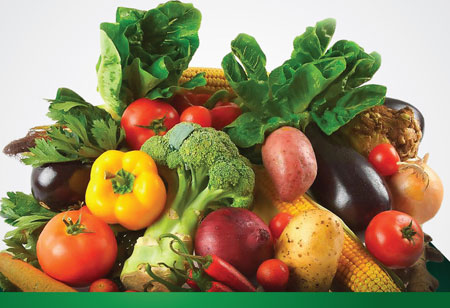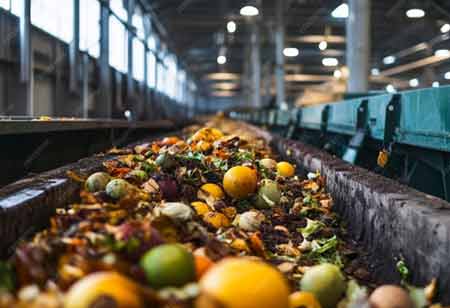THANK YOU FOR SUBSCRIBING
Be first to read the latest tech news, Industry Leader's Insights, and CIO interviews of medium and large enterprises exclusively from Food and Beverage Tech Review
How Do CIOs Shift to Iceless Packaging?
Modified atmosphere packaging (MAP) technology satisfies the needs of the customers who prefer naturally preserved fresh vegetables.

By
Food and Beverages Tech Review | Tuesday, September 01, 2020
Stay ahead of the industry with exclusive feature stories on the top companies, expert insights and the latest news delivered straight to your inbox. Subscribe today.
Modified atmosphere packaging (MAP) technology satisfies the needs of the customers who prefer naturally preserved fresh vegetables.
FREMONT, CA: As busy consumers do not have time to shop at the grocery store every day, they favor buying vegetables once a week. They look for vegetables with longer shelf lives while the taste and texture of the products are not affected. For this, modified atmosphere bulk packaging has become popular, known for extending the shelf life of fresh items. It is shaking up the long-distance transport of raw broccoli and other vegetables traditionally shipped on ice. As the technology effectively eliminates the need for ice and non-recyclable wax cartons, the CIOs of the food and beverage industry are gradually shifting to this iceless packaging. Modified atmosphere packaging (MAP) involves controlling the atmosphere surrounding a product either actively or passively within a package.
While in active modified atmosphere packaging, the displaced gases are replaced by a desired mixture of gases; in passive modified atmosphere packaging the product is packaged using a selected film type, the desired atmosphere within the package is created naturally as the consequence of the products’ respiration and the diffusion of gases. The iceless bulk packaging considerably reduces carbon emissions and food waste, while providing up to 40% savings in packaging costs. Ice melt is messy and encourages pathogen growth, and thus supermarkets are increasingly seeking alternatives to the non-recyclable wax cartons.
Modified atmosphere packaging technologies are useful for fresh-cut fruits and vegetables that can degrade in a matter of hours when exposed to oxygen. It is because the technology protects the food by decreasing its exposure to oxygen, gradually diminishing the probability of the effects, including discoloration, off-flavors, textures, and spoilage. As long as the amount of oxygen in the package remains low, the percentage of survival will be high with an extended shelf life. The packaged products can be offered to grocery stores for consumers who desire natural and fresh food without preservatives provided with an advantage of the convenience of extended shelf life. Known for its benefits, the MAP is employed for coffee roasters, cannabis products, fresh fruits and vegetables, and some snacks.
I agree We use cookies on this website to enhance your user experience. By clicking any link on this page you are giving your consent for us to set cookies. More info


However, if you would like to share the information in this article, you may use the link below:
https://www.fbtechreviewapac.com/news/how-do-cios-shift-to-iceless-packaging-nwid-368.html





